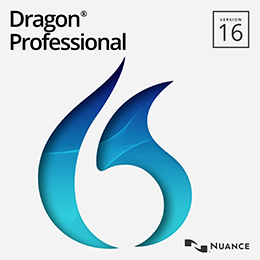Accessibility
Accessibility is about creating a world where everyone can fully participate, regardless of their abilities. It means removing barriers and providing solutions that help people access physical spaces, like homes and workplaces, and digital platforms, like websites and apps. Assistive technology is key to making accessibility a reality. From tools that assist with communication, like speech-to-text software, to devices that support mobility, like powered wheelchairs, these solutions empower individuals to live more independently. Prioritizing accessibility benefits everyone, making the world more inclusive and connected.
Accessibility: Vision Solutions
Technology can make things easier for people with visual impairments. Features like screen magnifiers, voiceover tools, high-contrast settings, and text-to-speech functions let people adjust devices to their needs. These tools give users more control and access to digital spaces, making technology work better for them.
Accessibility: Physical and Motor Solutions
Accessibility features assist people with physical or motor challenges to use devices more easily. Tools like switch controls, customizable touch settings, and special keyboards simplify navigating technology. These solutions help individuals maintain their independence and make daily tasks easier.
Accessibility: Hearing Solutions
Accessibility tools help people with hearing impairments communicate and enjoy media more efficiently. Features like live captions, sound recognition, audio adjustments, and visual alerts make it easier for them to connect with others and use technology in ways that suit them best.
Accessibility: Speech Solutions
Technology can help people with speech impairments communicate more easily. Tools like text-to-speech, speech-to-text, and communication apps allow users to share their thoughts and interact with devices. These features help people connect with others and express themselves in their way.
Accessibility: Cognitive Solutions
People with learning or thinking differences can use technology tools that make devices simpler. Features like easy-to-read screens, reading helpers, modes that reduce distractions, and timers can help them focus better and understand things more easily. These tools create a supportive experience, which allows users to feel confident and encourages independence.











